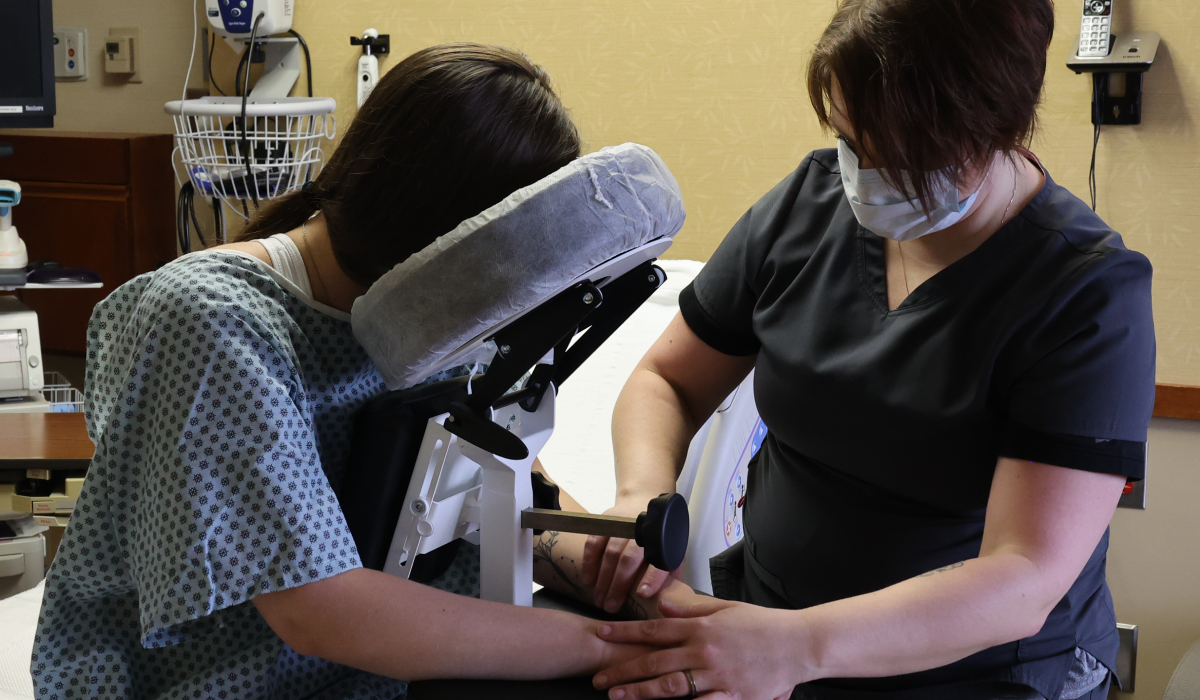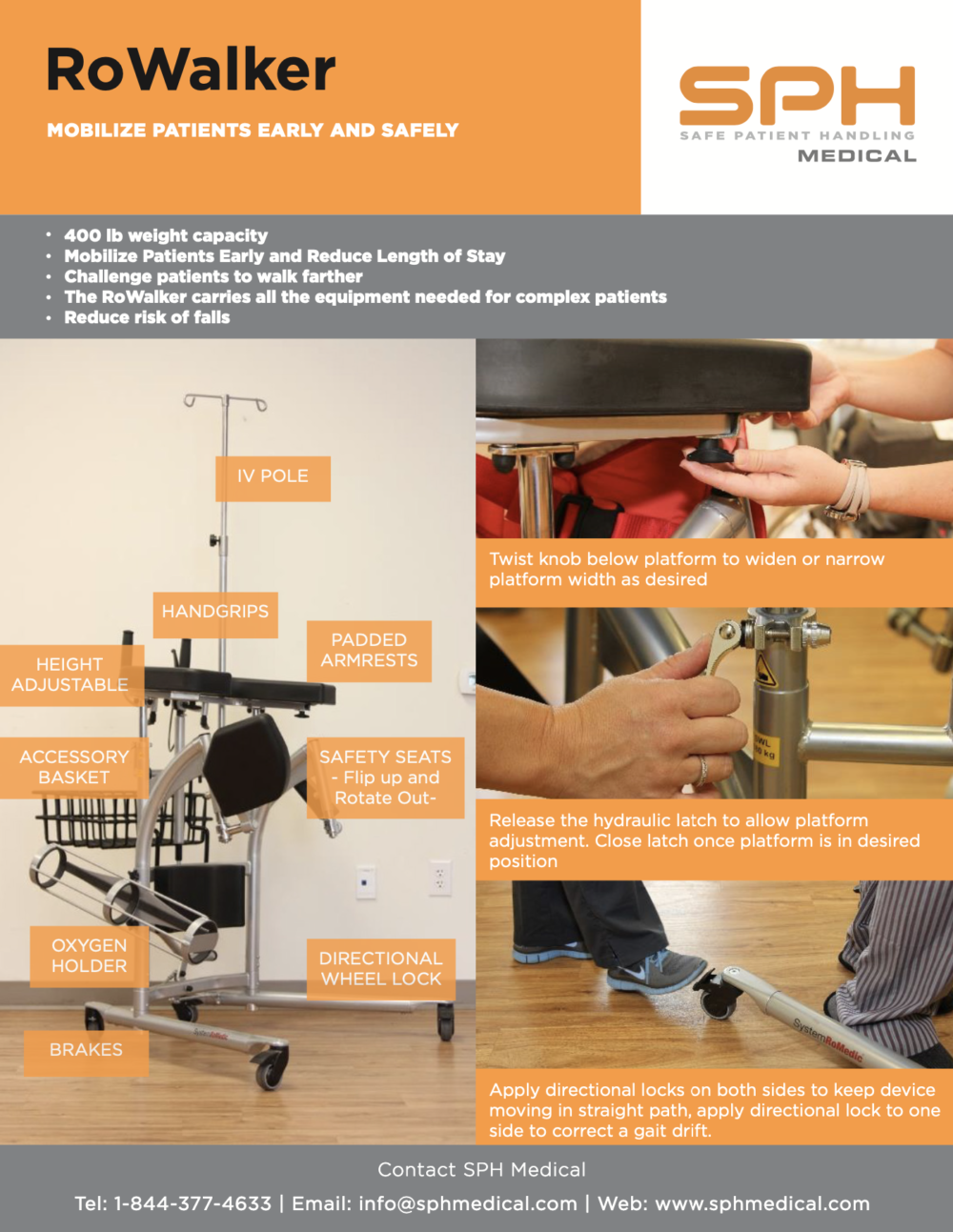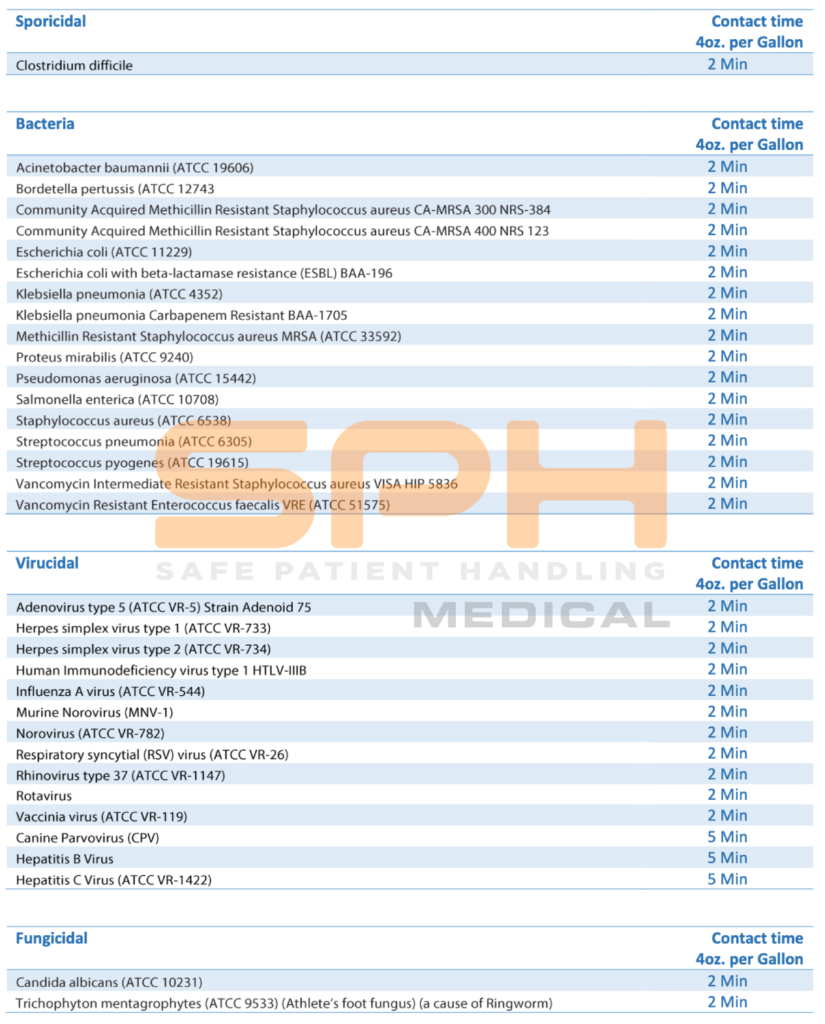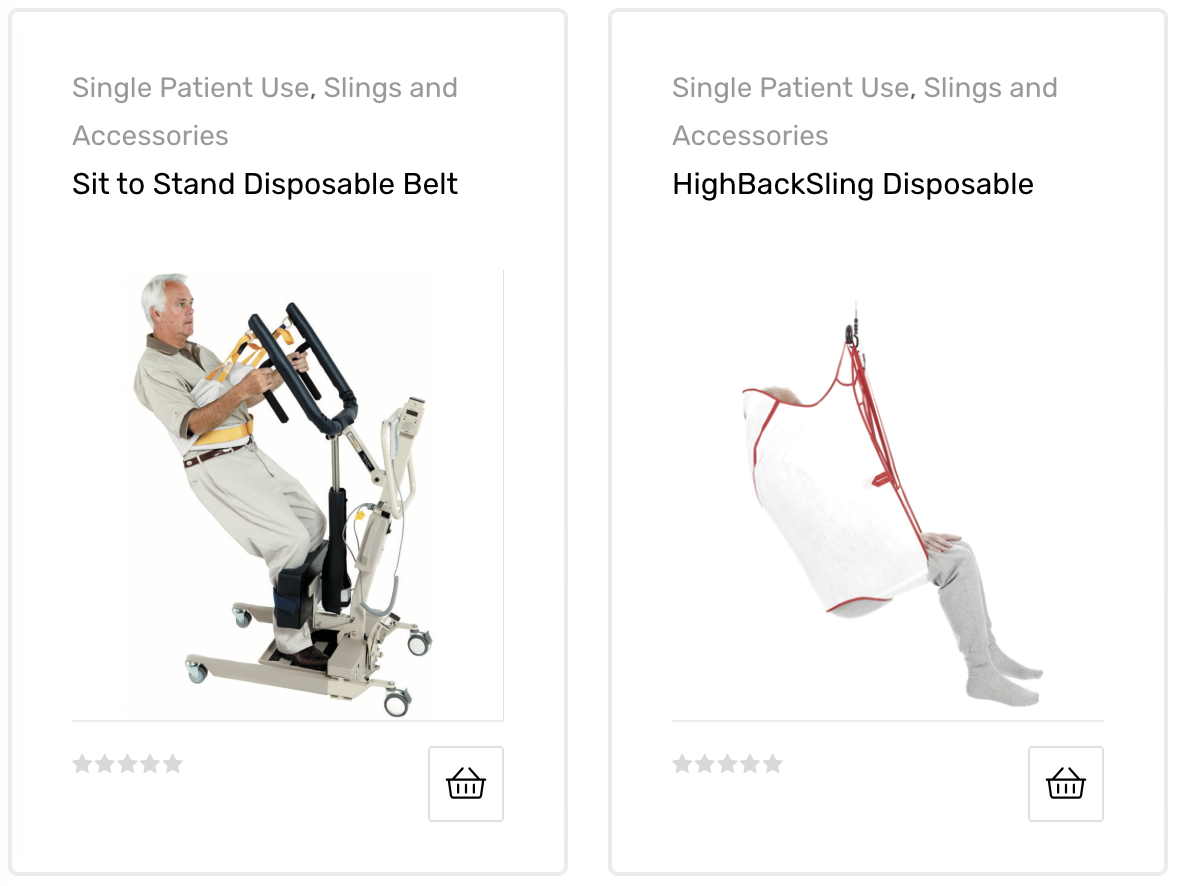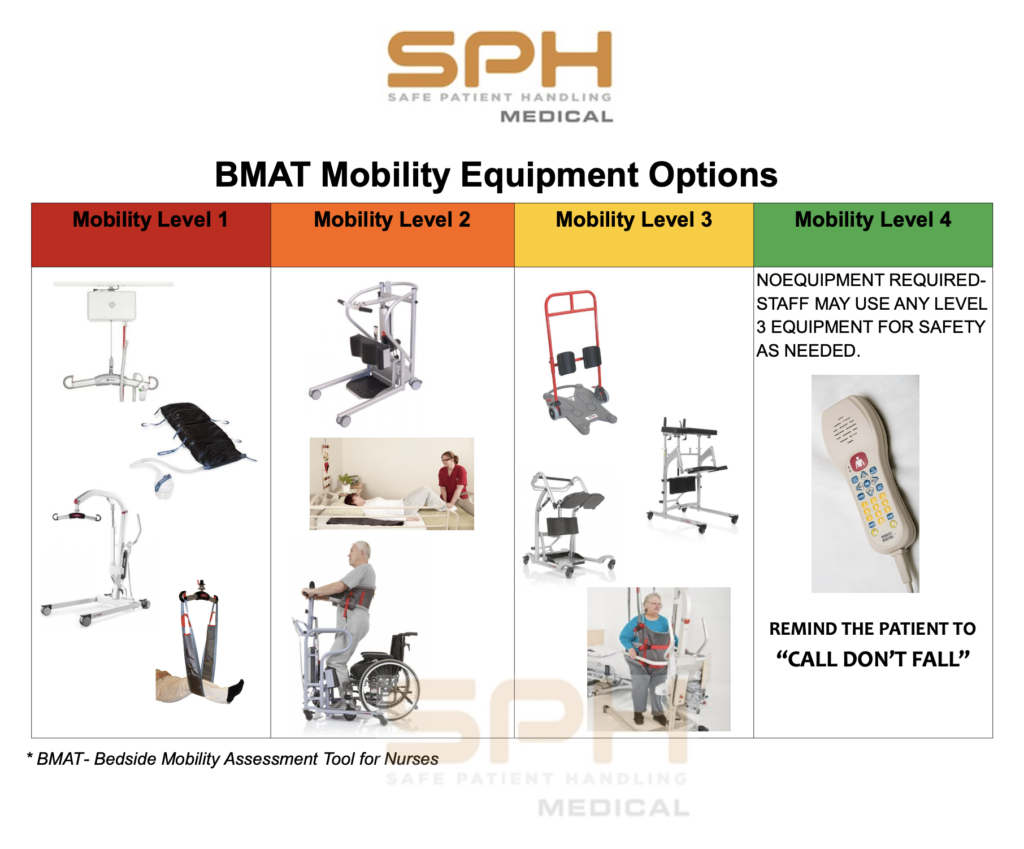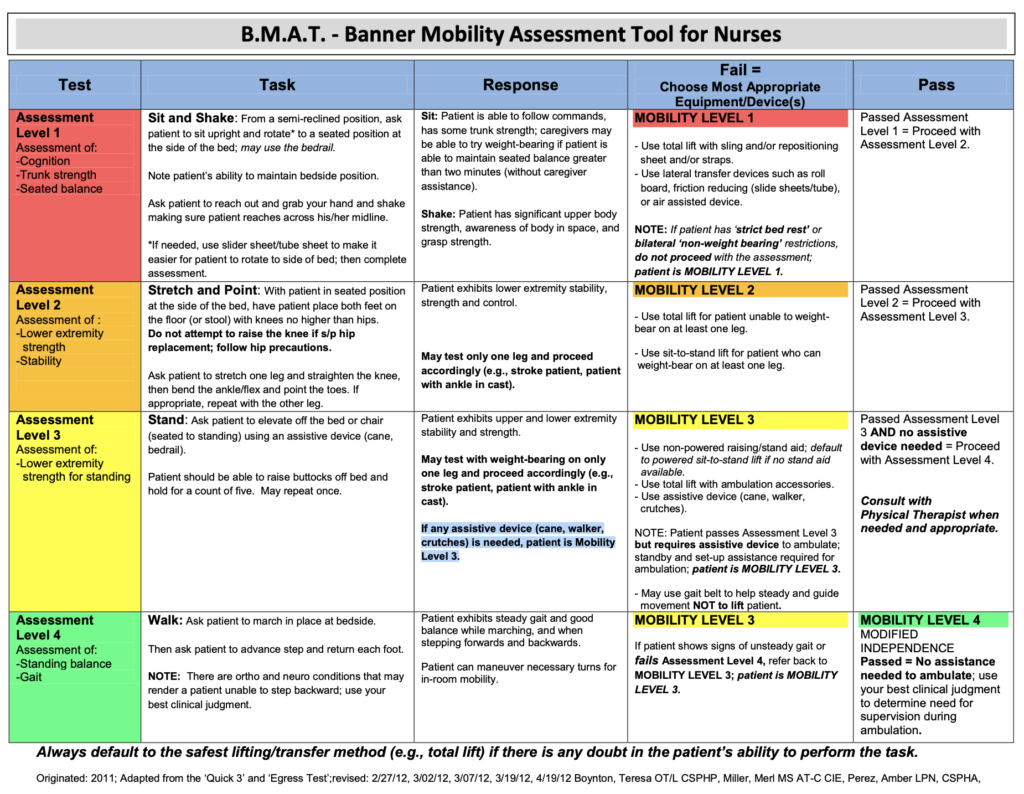Hospital staff and patient safety should be a top priority for all hospitals, say most healthcare professionals. Many leading hospitals that have made staff safety a top priority have been found to have at least one epidural positioning device (EPD) in both their surgery department and another in their labor and delivery unit. These hospitals and health systems are also the ones that have healthcare workers with fewer missed work days due to musculoskeletal disorders. Musculoskeletal disorders are some of the most costly and debilitating injuries to nurses and nurse assistants. They often lead to chronic pain and lost work days. Back injuries are brought on by patient-handling mishaps where proper use of equipment was not employed. Facilities that use assistive devices to improve spinal block safety have documented a reduction of injury rates and severity as well as a reduction direct and indirect medical expenses. Hospitals that do not have such devices have much higher rates of injury and more lost work days. And this is backed by two very credible studies, the first of which is from the Centers for Disease Control and Prevention (CDC). That study revealed overexertion is a factor in most musculoskeletal disorder cases among medical teams.
The study also notes that the overexertion that befalls most medical teams is usually a byproduct of lifting, holding, and otherwise positioning patients to receive a spinal block or epidural injection. In a separate Bureau of Labor Statistics study, researchers revealed overexertion-related musculoskeletal disorders were to blame for more than 8,730 days-away-from-work cases filed for registered nurses in 2016. That said, there is some good news; the number of musculoskeletal disorders and missed work days among hospital medical teams are nowhere near as high these days. And this is thanks to more hospitals embracing and adding the epidural chair to the rest of the advanced equipment already in their surgery departments and labor and delivery units.
How an EPD Helps Administer Epidural Pain Relief While also Improving Spinal Block Safety
According to the U.S. Department of Labor’s (DOL) Occupational Safety and Health Administration (OSHA), musculoskeletal disorders can affect bones, joints, muscles, and connective tissues in varying parts of the body. The organization further notes that they can cause extreme pain, mobility problems, and, in some cases, may even be disabling. They are also some of the costliest to treat as far as work-related injuries are concerned. Most musculoskeletal disorder cases that result in hospital medical teams having to miss work involve the following:
- The upper and lower back
- Neck and shoulders
- Arms, hands, legs, and feet
Whether it be for a pregnant woman due to give birth in a hospital’s labor and delivery unit or someone scheduled to undergo a surgical procedure in a hospital’s surgery department, an epidural chair to administer epidural pain relief can make life easier for everyone involved. For those who have never seen them, an epidural positioning device or epidural chair is a medical apparatus fitted with head, chest, and arm supports that help insure that a patient remains in a stable and comfortable position while they maintain the ideal flexed spine position for the injection.
These two things keep medical teams from overly exerting themselves when preparing patients to receive a spinal block or epidural. They also reduce the chances of a patient falling after receiving these powerful pain blockers which means that hospital staff also avoid having to catch a falling patient. This is a  well known cause of injury to nurses. Additionally, the EPD can reduce the risk of injection mishaps, which can sometimes happen when medical teams have to manually prop up a patient before injecting them with one of these powerful pain-blocking medications. To learn more about EPDs and why they are a must for modern-day hospitals, consider speaking with an SPH Medical associate today.
well known cause of injury to nurses. Additionally, the EPD can reduce the risk of injection mishaps, which can sometimes happen when medical teams have to manually prop up a patient before injecting them with one of these powerful pain-blocking medications. To learn more about EPDs and why they are a must for modern-day hospitals, consider speaking with an SPH Medical associate today.

